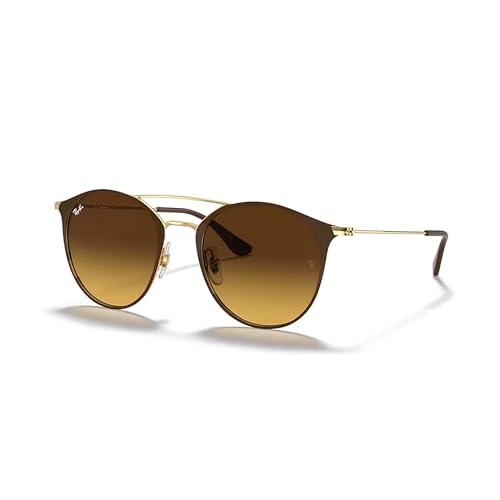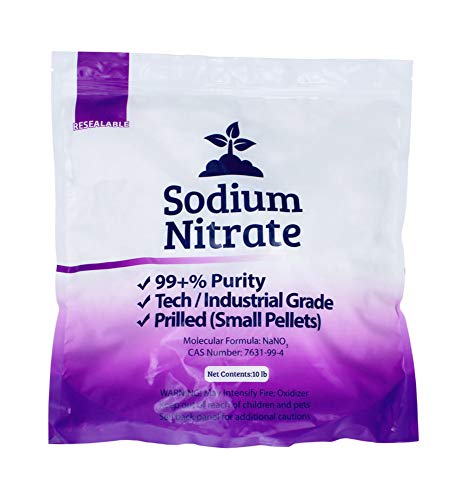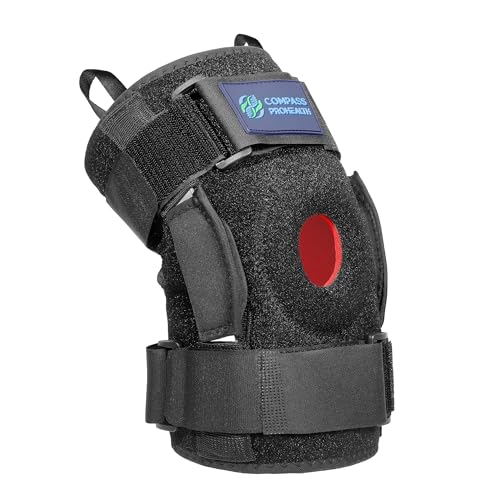And beryllium copper is often used in high voltage contacts.
This is ONLY a concern in relays (whether high voltage or low voltage) where the "thin" reeds which the contact points are attached to need to "flex" to open & close the points when activated by the magnetic coil of the relay
That is "one" of the properties of BeCu - it hardens the copper such that it allows the copper to flex like a spring but also not stress crack from flexing due to its hardness --- other hardened copper alloys (such as phosphor bronze or nickel brass) tend to stress crack from flexing (if the reeds are too thin)
So they will use ether beryllium copper or beryllium bronze for the thin flexing reeds in magnetic (coil) activated relays
So BeCu is NOT a concern in contactors such as magnetic disconnects &/or hand thrown circuit breakers as the points are attached to much thicker/heavier copper/brass/bronze "solid" bus bars rather then flexing reeds
Beryllium copper is an alloy of copper plus 0.5 - 3 % beryllium & can be "somewhat" identified by eye as the copper will have a pinkish hue to it rather then the deeper red/orange of pure copper (along with its spring effect)
Beryllium bronze is an alloy of copper plus 0.2 - 2 % beryllium plus 0.2 - 2 % cobalt or nickel that has the more golden color of yellow brass (if nickel is used) or a slight blue hue (if cobalt is used)
It should also be noted here that not all the spring/reeds in relays are made of BeCu &/or Be bronze - they can also be made of phosphor bronze (CuSn) or nickel-silver (CuNiZn) (there is NO silver in this alloy it is just called nickel-silver due to its silver color resulting in the red being "bleached" out of the copper by the nickel) &/or out of spring steel --- CuSn & CuNiZn reeds in relays tend to stress crack from frequent flexing so to overcome that they will generally be 2 - 3 times thicker then BeCu or Be bronze reeds & as well the reeds will (generally) be longer &/or as well closer spacing between the points
So hopefully this will "somewhat" help to identify if the reeds in relays may - or not - be made of BeCu or Be bronze --- or made of some other copper spring alloy ------------
BeCu =
very thin with a pinkish hue (color) rather then deeper red/orange
Be bronze = yellow brass color (CuBeNi) or redish with blue hue (CuBeCo) - but - also
very thin
These will also have (generally) shorter reeds with a "relatively" wide spacing between points
CuSn (phosphor bronze) = yellow brass color ("may" be tin or silver plated) with thicker longer reeds & closer spaced
CuNiZn (nickel-silver - sometime called nickel brass) silver/grey color with thicker longer reeds & closer spaced & "may" (or not) be
"slightly" magnetic depending on amount of nickel in the alloy
And then there are the spring steel reeds which will be very magnetic
For what it is worth
Kurt











































































